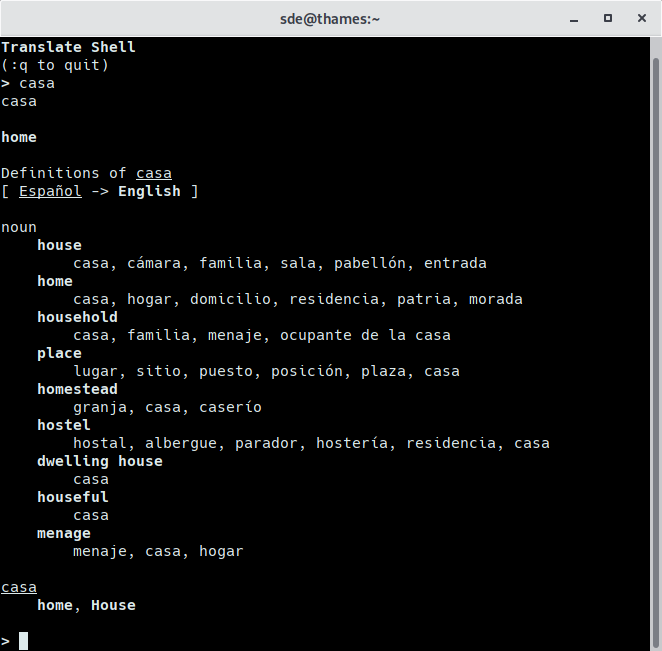

Unfortunately, deleting the icon in the profile folder does not seem to reset the icon. I did this and the only issue I ran into was if you run multiple profiles that use custom images, the taskbar profile icon will retain the “BETA” tag as those icons are generated during profile creation and stored in the profile location. That means you can move all your profile data from the Beta folder to the stable folder. However, as it is based on Chromium, all the information is stored in a profile (or multiple profiles). That means, for those of us that were using the beta, you need to re-setup everything in stable. Unfortunately, there is no automated way to move any of your settings from the Beta channel to Stable. Published March 14, 2020Īs you may know, the new Edge based on Chromium went stable last week. You can validate by visiting to verify that traffic is going through the VPN. Within the wireguard app, enable the VPN. Restart the wireguard service systemctl restart Connect to the Server from the Client
#Install duplicacy cli only free update
Now that the client has a public key, you need to update /etc/wireguard/wg0.conf Set the endpoint to the IP address you’ll access the server on, along with the port (i.e.Set Allowed IPs to 0.0.0.0/0 to send all traffic across the VPN.(Optionally) Set DNS servers as your local DHCP servers will no longer work as all packets will encrypted and sent across the VPN.Set the address to the address listed in the peer section of your server config – 100.62.0.2/32.Create from scratch (you could move a pre-created config file too).Open the app and create a new profile (click the +).
#Install duplicacy cli only free install
Install the WireGuard App from the Play store.Use systemd service to start the interface automatically at boot systemctl start enable forward traffic of the client through the server, we need to enable routing on the server echo "_forward = 1" > /etc/sysctl.d/wg.conf Remove the interface with wg-quick ~# wg-quick down wg0 Test the configuration with wg-quick ~# wg-quick up wg0

PostDown = iptables -t nat -D POSTROUTING -o eth0 -j MASQUERADE PostUp = iptables -t nat -A POSTROUTING -o eth0 -j MASQUERADE


 0 kommentar(er)
0 kommentar(er)
